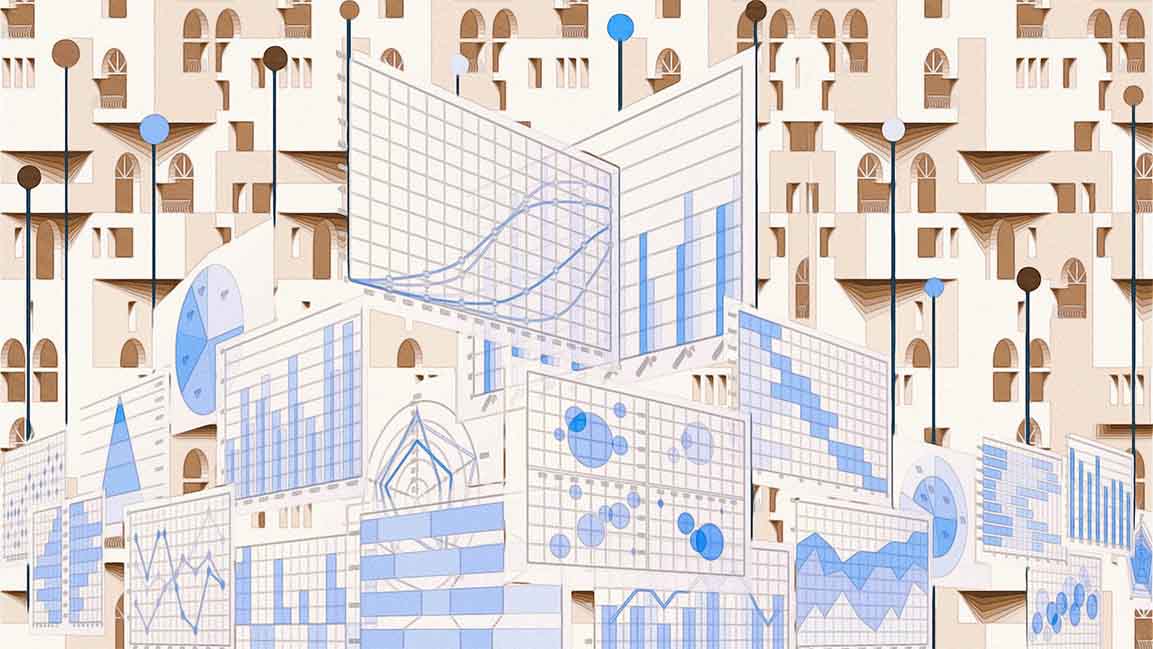- | 9:00 am
The Middle East needs affordable, quality homes. But is the industry taking note?
With innovative solutions and transformative financing, developers and governments can pioneer a new era of housing

Homeownership rates are falling. Interest repayments are rising. More people are being priced out of even renting, as they are spending a third of their income on rent in GCC countries.
Well, it takes a single model to trigger a mindset shift. In a world of grand skyscrapers and lavish residences, imagine a project that focuses on supporting low-income families, incorporating communal spaces and recreational facilities, and embracing sustainable design principles. This is the vision behind the Muscat Housing Development initiative in Oman.
To tackle housing stress, developers are now coming up with innovative strategies that are redefining the horizons of housing accessibility for a wider populace, and modular buildings and micro-apartments are gaining traction.
Think Lego blocks, only bigger. Modular building involves constructing prefabricated units off-site, akin to a giant puzzle, which are then seamlessly assembled on-location.
Not only does this method reduce construction time significantly, but it also minimizes costs by streamlining labor requirements and minimizing waste. Modular interiors –like shelving systems– also offer flexible arrangements that adapt to changing needs of the internal spaces.
A PRACTICAL SOLUTION
Micro-apartments have emerged as another unconventional yet practical solution. These tiny dwellings challenge traditional notions of space, maximizing every inch, resulting in smart compartments that fit into the modern era.
Imagine a studio apartment that transforms from a living room to a bedroom, with hidden storage compartments that magically expand. Micro-apartments prove that size is not a limitation when it comes to comfort and livability.
Bedrooms, traditionally used for sleeping, have the potential to transform into efficient working spaces during the day.
With a predicted demand for 8.3 million units by 2023 and a current supply of only 3.6 million units, the Gulf countries are experiencing a severe housing shortage, says Wissam El-Solh, CEO of Urban Living, a company that offers innovative and sustainable solutions for residential and commercial constructions in the GCC region.
“Innovative solutions, such as modular precast concrete buildings and micro flats are used to address this problem to lower costs and speed up construction. Creative financing methods, including mortgage-backed securities and social impact investing, also improve housing accessibility,” says El-Solh.
He adds that the high cost of housing and the mismatch between the supply and demand of housing in terms of quantity and quality continue to be problems. “To build an enabling environment, increase housing supply, enhance financing alternatives, and guarantee high-quality housing for all, a thorough and coordinated strategy involving many stakeholders is required.”
INVENTIVE FUNDING
Breaking free from the constraints of traditional financing, the Gulf region is attempting to embrace inventive funding options. Community crowdfunding has transformed homeownership, while investments in green initiatives fuel affordable housing projects. These unconventional approaches bridge the gap between dreams and reality, highlighting that affordability is more than just dependent on traditional banking institutions.
Sima Refae, a Jeddah-based architect, urbanist, and educator, thinks affordable housing is a significant problem in Saudi Arabia’s cities, particularly Jeddah.
“For low and middle-income families, the lack of affordable housing options combined with the high cost of living has created a housing issue,” said Refae. “A primary challenge for the lack of affordable rental options is that many landlords prefer to cater to higher-income tenants. This may compel low-income families to live in subpar housing or require them to spend significant income on housing costs. Some cities and countries have implemented policies to require developers to set aside a certain percentage of new housing units as affordable housing.”
SHIFTING MINDSET
Refae mentions how Saudi government programs like the Sakani housing scheme seek to offer subsidized mortgages and rent-to-own possibilities. However, problems still exist, such as high land prices and a need for more funding sources. Innovative solutions to the affordability challenge include government subsidies, tax incentives, public-private collaborations, and 3D printing.
Aside from Sakani and the Muscat Housing Development initiative, affordable housing developments have been incorporated in other projects within the GCC countries, including the Lusail City development in Doha, the Mohammed bin Rashid City – District One project in Dubai and the Salman Town project in Manama, Bahrain. These projects offer special payment plans to make housing more accessible.
“The return on affordable housing projects will be inherently lower because they are designed for low-income individuals. Additionally, there are quality issues resulting in a lack of durable infrastructure that needs to be considered, ultimately impacting long-term maintenance costs,” said Pandurang Naik, a certified project manager based in Doha.
“Shifting our mindset will be the first solution for this problem. One of the main reasons why there is a huge lack of affordable housing in the Gulf is the lack of creativity in using local resources,” said Cairo-based architect Ghada Dwaik.
“The lack of affordable housing in the Middle East requires a comprehensive approach that involves governments, the private sector, and civil society organizations. It requires policies and initiatives that address the issue’s root causes, such as the high cost of land and limited financing options, and prioritize the housing needs of vulnerable populations.”








































